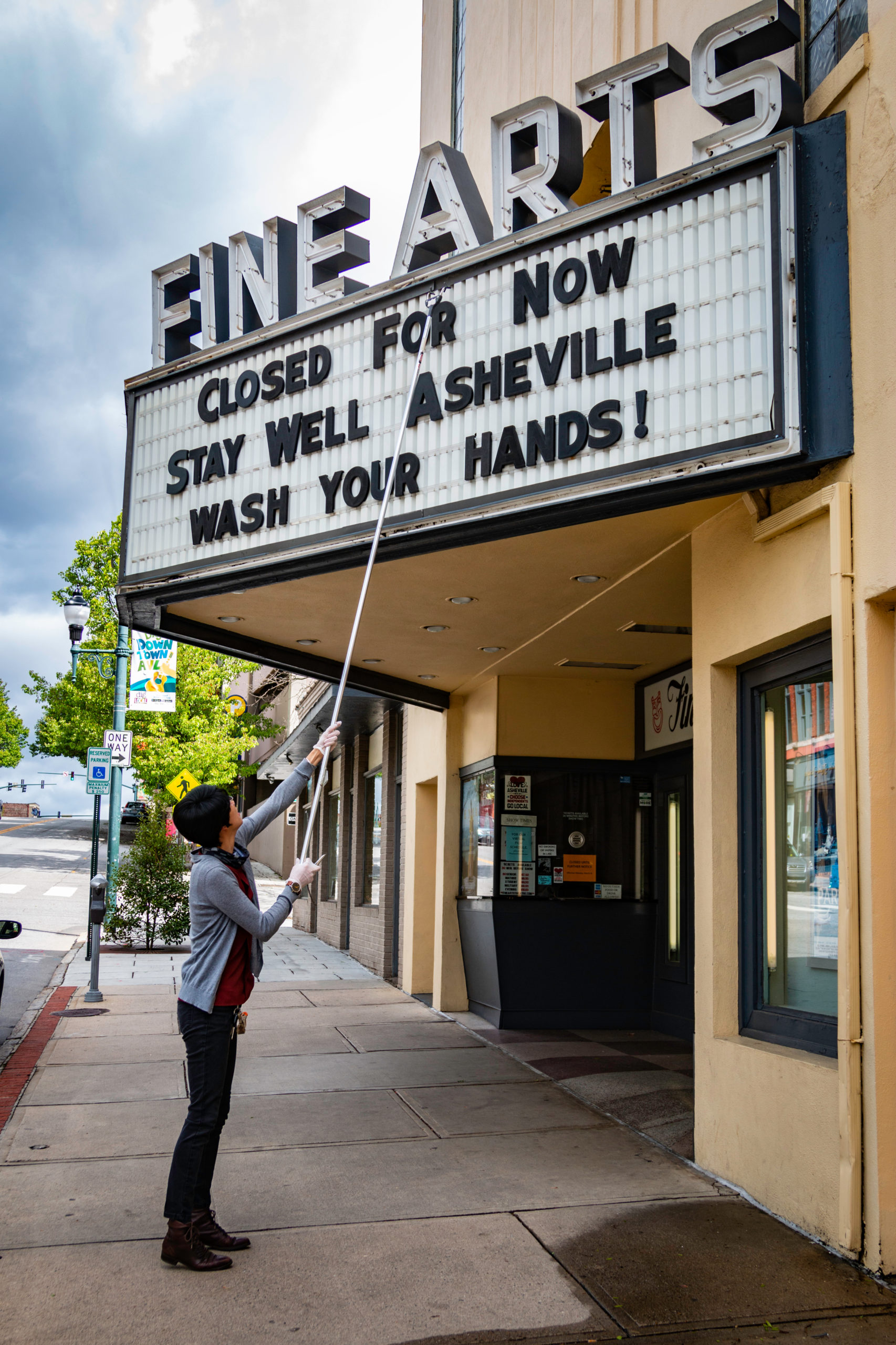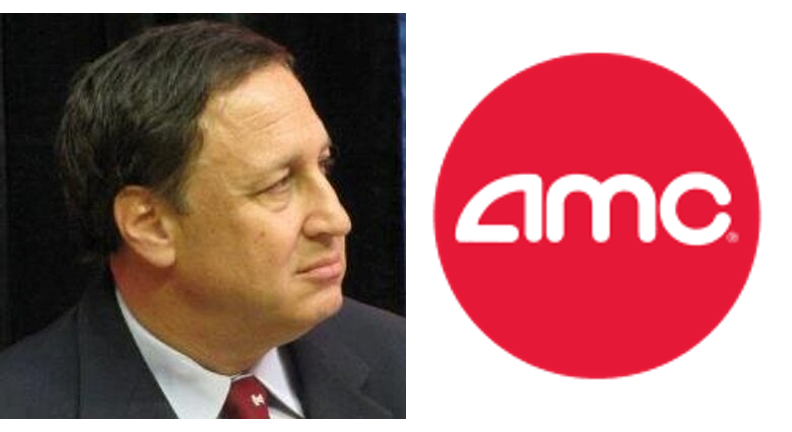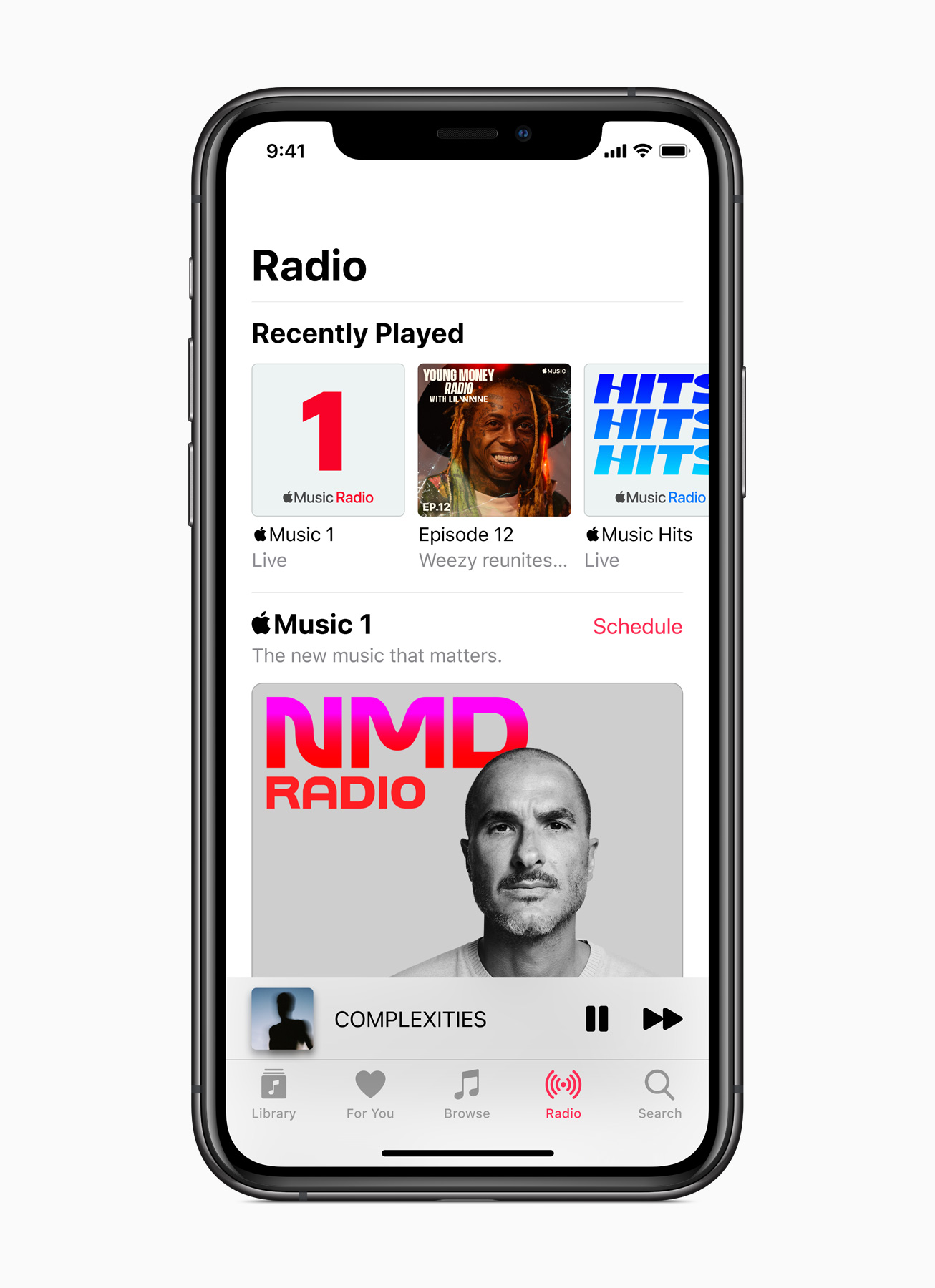
Some pretty unimaginable things have happened to our lives, our systems, and our businesses over the past several months. While the radio broadcasting industry is facing its most daunting challenge ever, other verticals have been virtually stopped in their tracks.
The transportation and recreation industry – airlines, cruise ships, theme parks – have all been crippled by the pandemic. High-flyers like Uber and Lyft have gone from essential to “only if necessary.” The world of sports is trying valiantly to make a comeback, and the best case scenario is empty stadiums.
And then there are movie theaters. While the world is watching Netflix, Hulu, Amazon Prime, and Disney+ content from the comfort and safety of their media “caves,” dens, and family rooms, movie theaters have been all but stopped by the coronavirus.
Those excitable movie trailers (that’s right – another industry that’s a shadow of its 2019 self) that always begin with the cliche “Imagine a world…” have become about as common as a blue moon. And that’s because for most of us, it’s been 5 months since we’ve been to “the movies.” And there’s no end in sight.
Even if the virus recedes, a vaccine is approved, and life begins to return to something resembling “normal,” the thought of walking into a dark theater surrounded by other people eating popcorn isn’t very appealing.
And that’s forcing the movie industry to pivot – like mad – before all those multiplexes become Amazon warehouses. It’s not an easy turn for a  business where innovation was recently considered to be installing recliners, cup holders, surround sound, and reserving seats.
business where innovation was recently considered to be installing recliners, cup holders, surround sound, and reserving seats.
Even pre-COVID, many of us were gravitating away from the movie theater experience. People talking during the film, checking their mobile phones, and crazy expensive snacks were just a few of the downsides that made going to the movies inconvenient, especially for consumers with media rooms and big screen TVs.
But the movie theater industry was at least hanging on. In the five years leading up to 2019, going to the movies was riding a 3.6% increase in revenue, despite steadily increasing competition from personal screens and streaming platforms.
And then COVID came along, threatening to permanently cripple an industry that’s been part of the fabric of our culture for more than a century.
Not everyone has taken it well. AMC Theaters is one of the major players scrambling to shake and bake its way out of this jam. Last quarter was the worst in AMC’s history, featuring losses of half a billion dollars.
On top of that, the “theatrical window” – the length of time when movie theaters had exclusivity before films moved to Pay Per View or streaming video subscription services – has now become a thing of the past.
 According to a story in The Verge by Julia Alexander – “AMC Theaters is learning to embrace the streaming era, not fight it” – CEO Adam Aron (pictured left) is committed to moving forward, hoping to compete in a post-pandemic entertainment landscape.
According to a story in The Verge by Julia Alexander – “AMC Theaters is learning to embrace the streaming era, not fight it” – CEO Adam Aron (pictured left) is committed to moving forward, hoping to compete in a post-pandemic entertainment landscape.
And that means embracing streaming, a technology once thought to be sacrilegious, but now is considered the industry’s salvation – its way forward.
Back just a few months ago in March, Aron threatened to ban Universal Pictures from his chain of theaters when they pulled “Trolls World Tour” from theaters when the lockdown began.
Five months later, and Aron’s AMC Theaters is now becoming a willing player in the streaming market. In fact, they just cut a deal with Universal to establish a 17-day window of theater exclusivity before new releases make their way to rental platforms. And under the new arrangement, AMC will enjoy some of the benefits of streaming, receiving payments for those movies that consumers rent for their home entertainment.
According to Deadline, Aron stated the obvious about his traditional industry sector:
“Some of our competitors are anxious about this change. Change is difficult for some to cope with.”
 AMC Theaters isn’t alone. Disney stands out both as a content and a distribution player – and a more diversified business than the movie theater company. Still, consider what theme park closures have done to its business.
AMC Theaters isn’t alone. Disney stands out both as a content and a distribution player – and a more diversified business than the movie theater company. Still, consider what theme park closures have done to its business.
And that’s why they made the decision to take their mega-release, Mulan, directly to its Disney+ streaming platform – now 33 million subscribers strong (and ahead of Hulu).
In markets where Disney+ isn’t available, Mulan will be shown in theaters. But overall – COVID or not – this type of release architecture looks to become an industry standard.
And Aron now embraces it, acknowledging that Disney “just like AMC is under stress….and pressure, too.”
He also told Deadline, the writing is now on the theater walls. It just took a global pandemic to affirm it:
“We cannot just live in the past and fear change and hope that will never take root. Sometimes you have to stare change in the face, that it will come soon, and reshape it to one’s own benefit.”
And that’s a perfect segue to broadcast radio.
You may have read this horror tale AMC Theaters has been enduring the past few months, and thought that at least broadcast radio hasn’t been as hard hit.
But imagine a world….
….where the World Health Organization scientists determined that amplitude and frequency modulation airwaves actually promoted the community spread of COVID-19. As a result, governments around the world were declaring 90-day moratoriums of all radio broadcasts to help mitigate the rate of infections.
Preposterous, you say? Not technically possible? Totally absurd?
Well, if I had told you six months ago that in August, car traffic in Cheyenne, Wyoming, would be heavier than in Los Angeles, you would have scoffed  then, too. Or that we’d all be wearing face masks. Or that we’d go for months without seeing or hugging loved ones.
then, too. Or that we’d all be wearing face masks. Or that we’d go for months without seeing or hugging loved ones.
If we’ve learned anything from this adventure, it’s that the impossible is probable, and the unthinkable will most likely occur.
So, with only non-broadcast distribution available – i.e., streaming – how would the broadcast radio industry navigate this crisis?
At what point would it have even recognized the gravity of the situation? (Don’t feel bad – it took Aron five months to pivot, and ostensibly, some of his competitors are still having trouble confronting the new reality.)
How would broadcast radio operators be navigating being forced into 100% audio streaming in order to maintain cume audience levels and overall financial competitiveness?
What would be up for grabs?
 Would commercial loads change?
Would commercial loads change?
Would there be a shift to a subscription-based model?
Would there be deal-cutting with streaming competitors or the music industry?
Would broadcast radio double-down on local market presence and personalities?
Or would remote and network delivered shows be expanded to form a new hybrid model?
Would there be a major push toward mobile and expanding distribution of station and network content?
Would there be a more concerted effort to develop other verticals – podcasts, snackable videos, Zoom events?
These are the types of sweeping questions every player in the industry should be asking itself – pandemic or not, big company or mom & pop, commercial, public, or religious.
That’s because in the middle of the biggest game changer of our lifetimes, the smartest players in media are all asking the existential questions:
“What if….”
“How could we….”
“What would happen if….”
“What would it look like if we….”
“If this, then what….”
And in a fascinating double-reverse move, a streaming service from a tech giant is continuing to try its hand in radio. You no doubt saw Apple’s interesting  announcement yesterday that signals their ongoing approach to succeeding in the audio content landscape.
announcement yesterday that signals their ongoing approach to succeeding in the audio content landscape.
Yesterday, they signed on two new “radio stations”: Apple Music Hits (big songs from the ’80s, ’90s, and ’00s) and Apple Music Country.
And their Beats 1 station has been rebranded as Apple Music 1.
You have to believe other formats are on the drawing board, awaiting the results of how these new stations are received.
And the new division’s name?
Apple Music Radio.
Somehow, Apple managed these launches without construction sound effects or by playing 10,000 songs in a row, commercial-free.
Here’s the thing:
They want to be in radio.
Let’s take a look at what Apple’s pivot might mean in tomorrow’s post.
- What To Do If Your Radio Station Goes Through A Midlife Crisis - April 25, 2025
- A 2020 Lesson?It Could All Be Gone In A Flash - April 24, 2025
- How AI Can Give Radio Personalities More…PERSONALITY - April 23, 2025




Great minds, Fred. We actually made the trailer almost as you describe it, including “Imagine a world…” in 2018: https://www.youtube.com/watch?v=b710cdLlGtE&feature=emb_logo
As part of a presentation called “Radio’s Hardware Problem” given at the RAIN conference before the Radio Show 2018.
Larry
I had not seen this. The “coming soon” slide is ominous. If Edison somehow anticipated the pandemic, that would be impressive.
(Can I borrow your VO guy?)
And while you’re at it Fred, imagine we no longer need the big physical radio station complex’s and studios that we work in today. Hosts become contractors working from home studios using iPads to deliver their shows. Writers working from home in hubs delivering creative to multiple stations and markets. And do we really need boardrooms when in most cities you can now rent those for when you need them. There’s a lot of $ in lease and overhead that radio can do away with and reinvest in product and staying relevant.
Ross, you’re a day or two ahead of me. I plan to blog about this issue of physical space. I agree with you it’s going to be a big one, virus or not. Thanks for the note.
“Imagine A World Without Towers And Transmitters”
Well, that would end my 60 year DXing hobby (Software Defined Radio’s are fantastic!)
But in all seriousness, as streaming devices become more common and user friendly (this includes autos), the need for single person gatekeepers (PD’s and MD’s) becomes antiquated. My 30ish year old son and his friends are their own PD’s. Building hits themselves through shared taste and concensus. Podcasts are become more useful everyday. You don’t have to be by a radio at 9:00 AM if you like Dan Patrick. There will always be a way to showcase and expose what is “new and the latest,” but just as AM radio for lower demo listening, Black and White TV with three channels for all around viewing, and “set in stone times” for the beginning of popular programs are unknown to my son, it is even more unknown to the 18-24 tastemakers of today. Science, and in this case, media delivery marches on. I embrace it. I enjoy it. But God, the old days were fun.
Brock, great to hear from you on a topic that very much resonates with radio veterans. I think you frame it out well. The good old days were fun – we made pretty good radio and very good money. But as the movie theater industry is learning – the hard way now – you have to move, adapt, and pivot to stay relevant.
Adam Aron and others in that business would admit the signs of erosion have around for a long time. But it took a pandemic to crystalize their thinking and motivate them to take action. I would argue some of those same “warning signs” exist for radio today, and you point them out nicely. Thanks again.
We have our Annual Planning coming up in the next month or two, and I think the “Strengths/Weaknesses/Trends” portion of our time will be spent differently than it has in previous years. I’m hopeful that my colleagues are willing to brainstorm courageously about some of the [potentially crazy?] things we could face as an organization and as an industry.
You hit it, Amy – “brainstorm courageously” – easier said that done, but so necessary at this point in time. It doesn’t mean you need to go down every rabbit hole, but just being openminded is so important now. So is stocking the room with diverse people. Let me know how it goes, and thanks for engaging.